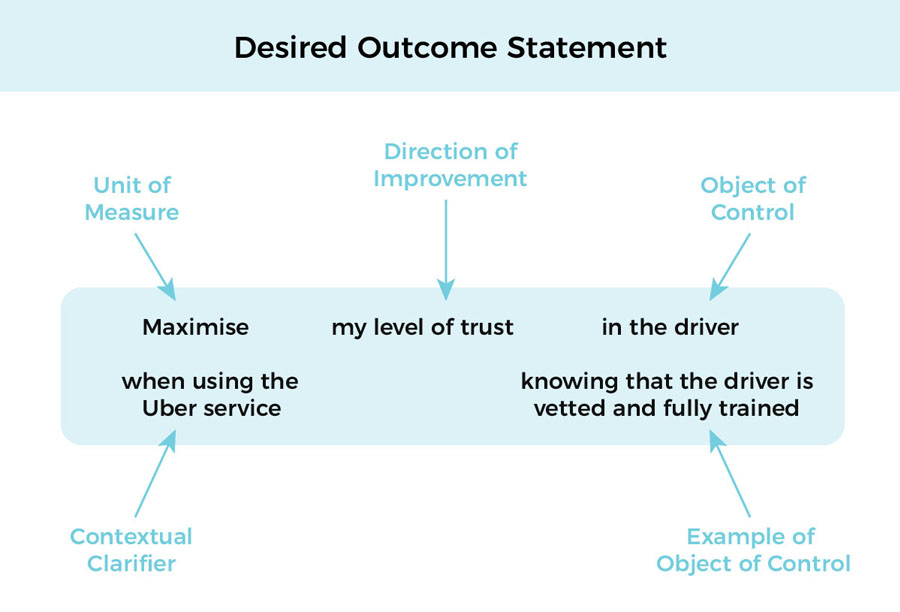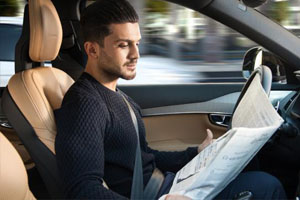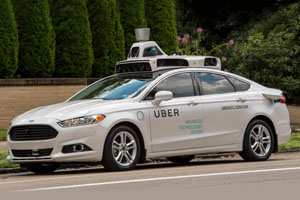Catch up on Part 1: Driverless Cars - What job do they do? here.
Welcome to the 2nd article in our series on Driverless Cars - What job do they do?
This article has evolved from our discussion about driverless cars. It represents a fundamental shift away from a focus on product ideas and their features. A shift to a mindset focused on understanding and then satisfying customers needs.
Desired Outcome Statements
The desired outcome statements are important in that they describe the dimensions of the job which the customer is trying to complete. Desired outcome statements include the metrics the customers use to judge the success of the parts of the overall job. Include these metrics, and the desired outcomes are the customers’ needs in this context. The statements can now be used to measure how important the desired outcomes are, and to identify shortfalls in the market where these outcomes are not being delivered.
We use a structure borrowed from Tony Ulwick that includes the following elements;

Examples of the types of job outcome statements we could propose from Jenny's interview could include;
You will end up with many desired outcome statements from your interviews and the responses under the 4 forces framework. You are now ready to survey your chosen market.
Survey your market about the outcomes
The aim of the survey is to ask customers in your market to help you isolate the most important and overlooked needs captured in the desired outcome statements. Base the questions on the desired outcome statements you have developed.
The survey should be using customers from your target markets. Interview led or web based surveys are options that you can use.
We like to use forums as a source of survey respondents.
We use a mixture of survey techniques to test for bias that might exist in the survey and respondents.
Next step
In our third and final article next month we will examine how to use the survey responses. This process will isolate the important and overlooked needs of the customers.
It will identify how to prioritize needs to solve and how we can translate those needs into a requirements specification for a product.
Stay ahead of the group
If you'd like an advance link to next months article, register your email address here and I'll shoot you the article as soon as it is available.
About Jobs to Be Done
The Jobs To Be Done theory was developed over the past 25 years via the work of Tony Ulwick in the early 1990s. Clayton Christensen expanded, adapted and developed the theory at the end of the 1990s. Over the last decade, Bob Moestra and Chris Spiek developed the JTBD practice further. Tony Ulwick and his company Strategyn have 25 years of experience implementing his patented process. A process which is proven to create successful new products 79% of the time.
About Bayly







